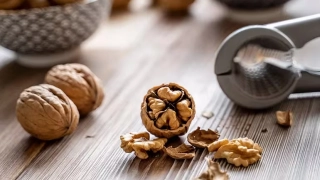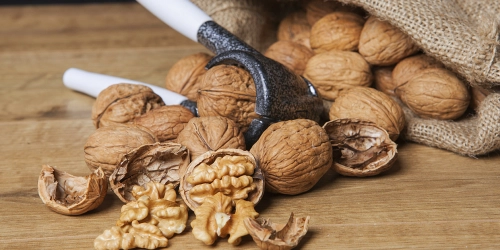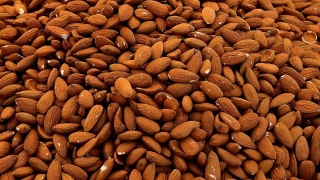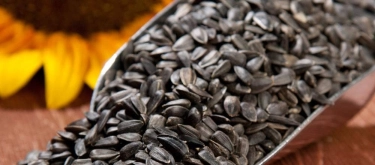Walnut: Taste Profile, Aroma, Benefits and Health Risks
Walnut (Juglans regia) is one of the most widely consumed tree nuts in the world, known for its brain-like shape and rich nutritional profile. With a culinary history spanning thousands of years, walnuts are valued both as a snack and as a key ingredient in savory and sweet dishes.
Walnuts are a common tree nut allergen, potentially triggering severe allergic reactions in sensitive individuals. They contain gluten-free proteins but may cross-react in people with other nut allergies. Pregnant women should consume in moderation due to high tannin levels that may irritate digestion.
What does Walnut taste like?

Complete Sensory Description
-
Taste: Walnuts have a slightly bitter top note due to tannins in the skin, balanced by a buttery, nutty core with earthy and woody undertones.
-
Aroma: Warm, oily, with notes of wood, leather, and subtle sweetness. Fresh walnuts exude a faintly grassy scent, while older nuts develop sharper, rancid notes due to oil oxidation.
-
Texture (with mouthfeel): Dense, firm, and crunchy when fresh, gradually softening as oils age. The high oil content coats the tongue and palate, leaving a slightly astringent, mouth-drying sensation. This lingering effect enhances the perception of bitterness but also underlines the nut’s richness.
-
Appearance: The wrinkled, brain-like halves are encased in a hard, ridged shell of light brown to dark brown color.
In-depth Flavor Analysis
Walnut flavor arises primarily from polyunsaturated fatty acids (linoleic and alpha-linolenic acids) and phenolic compounds in the skin. The bitterness is linked to ellagitannins, while nutty and buttery notes derive from lipid oxidation products like aldehydes and ketones. Roasting enhances aroma by generating pyrazines and furanones, which bring roasted, caramelized tones. Variability in taste depends on harvest season, oil freshness, and whether the skin is removed before eating.
Varieties and Culinary Applications
-
Varieties: English (Persian) walnut, Black walnut, and hybrid cultivars. English walnuts dominate global markets, while Black walnuts are stronger, more pungent, and less sweet.
-
Culinary Uses: Eaten raw, roasted, or candied. Common in salads, baked goods (brownies, breads), and sauces (pesto). Pairs with blue cheese, apples, pears, figs, honey, and coffee. Walnut oil is prized for finishing dishes, not frying.
Selection and Storage
Choose walnuts with intact, heavy shells and no cracks. Shelled walnuts should be plump, light-colored, and free from shriveling. Store in airtight containers, preferably refrigerated or frozen, to slow oil rancidity.

Nutritional Insights
Walnuts are rich in omega-3 fatty acids, protein, fiber, and antioxidants. Regular consumption supports cardiovascular health, reduces LDL cholesterol, and may benefit brain function. They also provide magnesium, phosphorus, and vitamin E.
Expert Insights & Culinary Tips
-
Removing the thin skin reduces bitterness and highlights sweetness.
-
Toasting briefly at 170°C (340°F) enhances aroma but should not exceed a few minutes to avoid oil degradation.
-
Grind walnuts fresh for sauces to prevent rancid notes.
Interesting and Curious Facts
-
Ancient Greeks called walnuts “the nut of Jupiter,” linking them to divinity.
-
Their brain-like appearance inspired traditional beliefs that walnuts improved mental function.
-
In medieval Europe, walnuts were used in ink-making from husk tannins.
Harm and Dietary Considerations
Overconsumption can cause digestive discomfort due to tannins. Rancid walnuts contain harmful lipid oxidation products. People with nut allergies should avoid them entirely.
Religious Dietary Considerations
Walnuts are plant-based and accepted in all major dietary systems, including halal, kosher, Hindu, and Buddhist traditions.
Final Thoughts & Sensory Journey
Walnuts combine bitterness and buttery richness in a way that is both challenging and rewarding. Their flavor develops into complexity when roasted or paired with contrasting sweet or fruity ingredients.
Resources
-
Ros, Emilio. “Health benefits of nut consumption.” Nutrients (2010). DOI: 10.3390/nu2010110
-
Savage, Geoffrey P., et al. Nuts: Composition, Health Effects and Role in the Diet. Woodhead Publishing, 2001. ISBN: 9781855734750
-
Shahidi, Fereidoon. Bailey’s Industrial Oil and Fat Products. Wiley, 2005. ISBN: 9780471678496



